La Befana is the last festivity of Christmas time in Italy and we celebrate it every 6 January. According to the Christian tradition, on the day of Ephiphany, the three biblical Magi finally meet the baby Jesus. In Italian Christmas folklore, we also celebrate the coming of La Befana.
La Befana is represented by an old woman that, riding a broomstick through the air, delivers sweets and candies to the good kids. But she also brings coal, garlic, and onions to rascals.
The Origins of La Befana
The name Befana probably derives from Epiphany, Epifania in Italian. The word has Greek origins and means “manifestation of divinity“.
The Epiphany is the last festivity of Christmas time. For this very reason, we usually say „L’Epifania tutte le feste si porta via“. Literally, Epiphany takes all the festivities away.
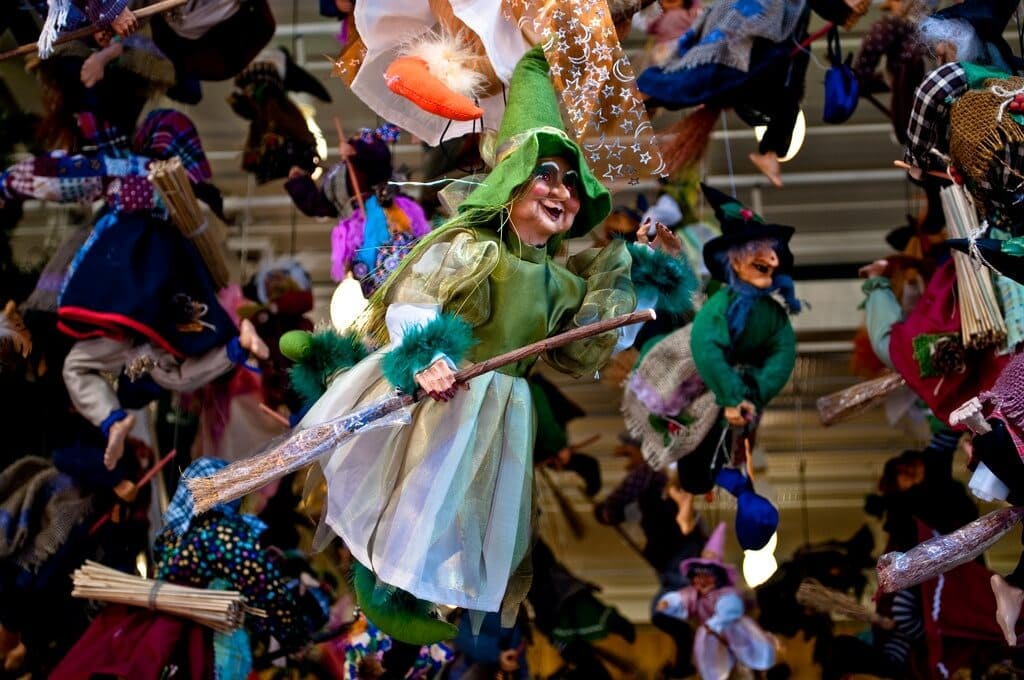
We can trace back the origins of La Befana to the X-VI century BC. At that time, people celebrated with pagan propitiatory rituals the end of the year’s harvest and the beginning of a new season in the agriculture calendar.
The ancient Romans inherited these rituals to celebrate the twelve days after the winter solstice and Sol Invictus anniversary, which ended the calendar year. On the twelfth night after the winter solstice, they officiated Earth Mother that, passing away, set off the death and re-birth of nature.
During those nights the Romans believed that unknown female figures, flying over cultivated fields, would ensure excellent results for future crops. Similarly to these mythological figures, the Befana also flies.
La Befana is an old and ugly woman because she represents the end of the year. In fact, one of her symbols is her broom. She uses to sweep all the past things away, preparing a clean space for new ones.
According to a Tuscan custom, the act of burning a Befana doll symbolized the end of the year. The remaining coal was placed in the children’s socks along with candies as a reminder of the past year.
How La Befana looks like
La Befana is not exactly beautiful. She is an old lady with an aquiline nose and some rotten, crooked teeth. Her face has several warts and moles. However, she always shows a smiling face even if she looks grim. She wears an old black shawl and is covered by a layer of soot because she enters children’s homes through the chimney.
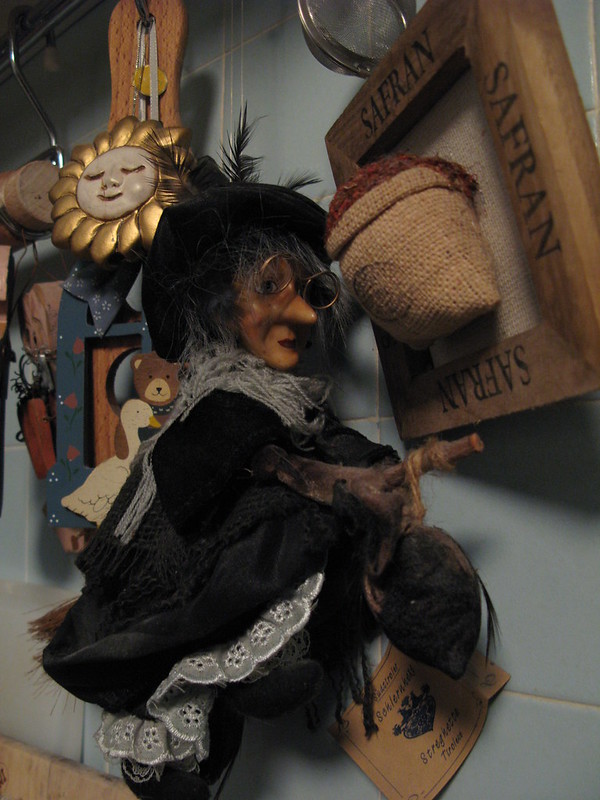
We use to sing this little folk song:
La Befana vien di notte (Italian Version)
La Befana vien di notte, Con le scarpe tutte rotte, Col vestito alla romana Viva, Viva La Befana!
Here is the English version:
The Befana comes by night With her shoes all tattered and torn, She comes dressed in the Roman way, Long live the Befana!
On the night of 5 January, she goes around carrying a big hamper, or a sack, full of candies and gifts for the kids. At home, children hang their stockings on the mantel (or shoes out of the window) so that Befana could fill them with presents.
If you want to break through the heart of an Italian woman’s heart, never say that she looks like a Befana. She will be greatly offended!
Legends of La Befana
According to a Christian legend, the Three Wise Men met the Befana on their way to Bethlehem to honor the Son of God. They told this elderly lady they were following a Comet Star in the sky. They asked for more information, but she was completely uninvolved in the matter.
Anyway, she provided them shelter for the night. She was considered the best housekeeper in the village with the warmest house. Instead, the Magi invited her to join their trip to honor baby Jesus. But she declined, being too busy with her household chores.
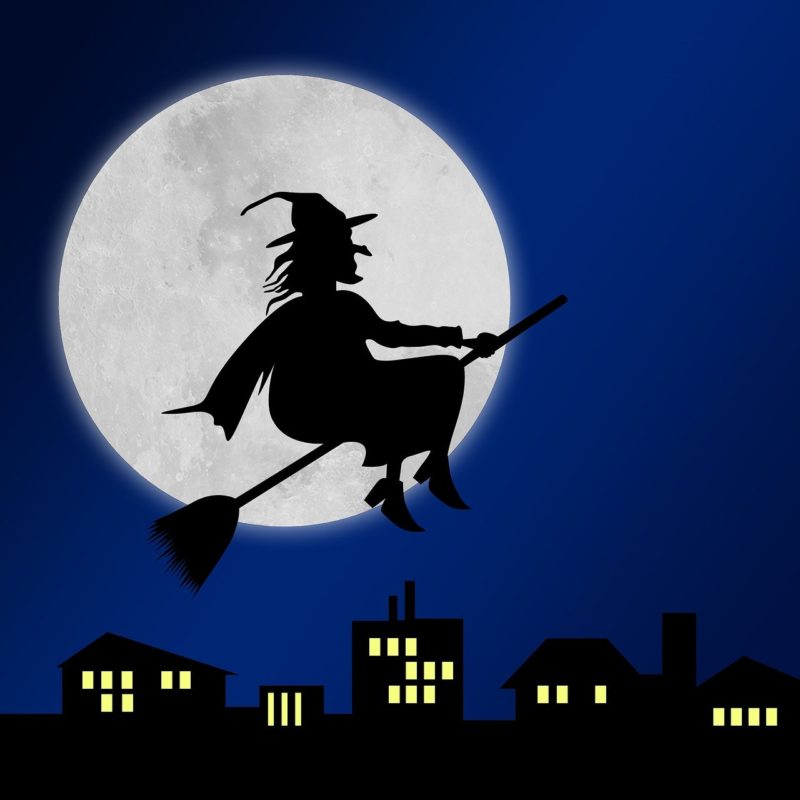
After the Three Magi left, she regrets it and ran out in the middle of the night to look for them and Baby Jesus. To make sure of giving presents to the right baby, she left something for every child. From then on she spends the night of January 5 bringing presents to all the children in Italy.
Another Christian legend says that Befana was an ordinary woman with a son. She loved him dearly but unfortunately, he died. Naturally, She was full of sorrow and pain. But after a few days, having heard about the birth of baby Jesus, she decided to visit and honor him by bringing his baby’s clothes as a gift. Jesus, noticing the pain of her loss, gave her a gift in return. She was to be the mother of all the babies in Italy.
Childhood memories about Befana
I have a funny memory from when I was about 5 years old. I remember I was waiting for the Befana gazing at the night sky with my mother. We noticed a red light in the dark, probably an airplane. But to me, that was the red light from the engine of the Befana’s broomstick. My mother didn’t tell me the truth. She merely confirmed my thought while holding back laughter.
Moreover, when I was a kid, I used to participate in the ritual of “Pefani”, which has fallen into disuse today. The Pefani was an autonomous group of boys all dressed as the Befana, generally with someone older as their leader. My friends and I went around singing and playing the popular Befana songs. We wanted to collect as much money or candies as possible. This ritual reminds me of a kind of Halloween.
Celebrating La Befana in Tuscany
In Tuscany, the Befana is still a highly cherished holiday. It is like a second Christmas. Indeed, she was originally more important than Santa Claus. Below, I tell you about some Tuscan traditions related to La Befana.
Baking Befanini Cookies
Besides all candies that kids can find inside the hung socks above the chimney, in the area of Lucca and Massa Carrara, people prepare Befanini cookies.
Here is the Recipe to prepare delicious and easy-to-make Befaninis.
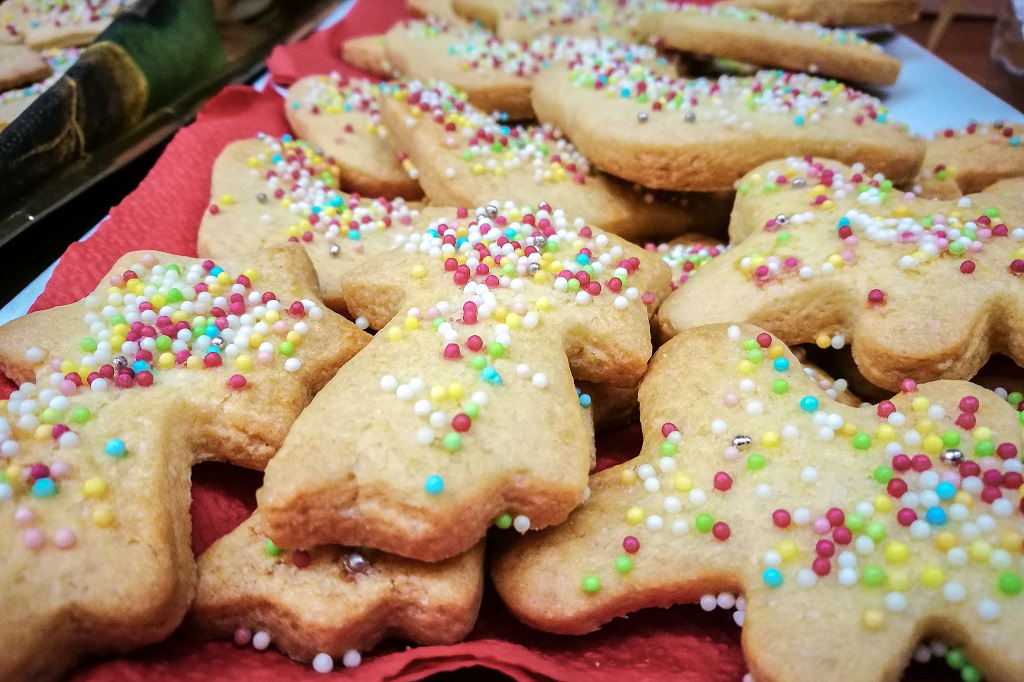
Moreover, on Epiphany’s Eve on 5 January, my mother used to prepare Necci, a kind of crepe made with chestnut flour and filled with fresh ricotta cheese. So yummy.
Learn how to make Necci with our recipe.
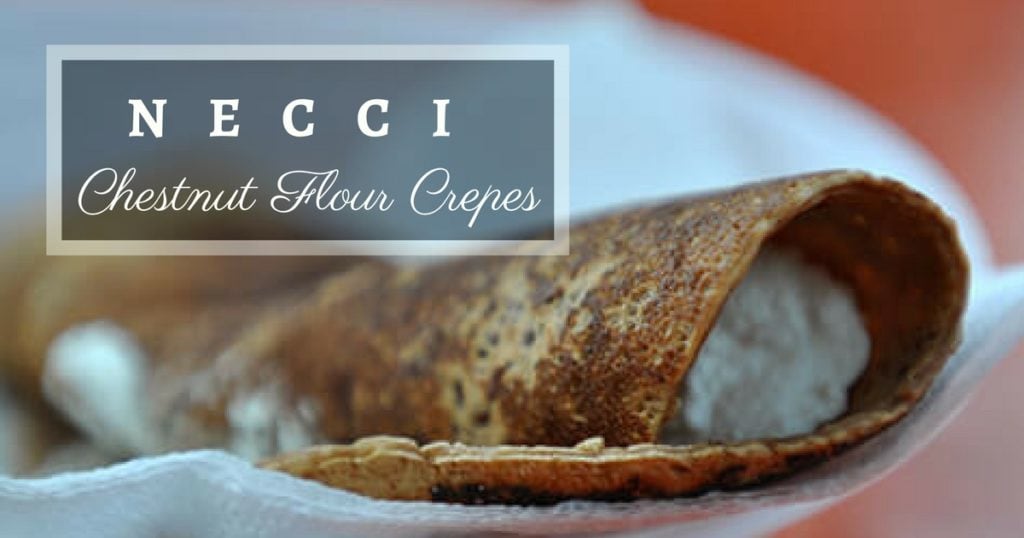
To discover other food cravings of the Tuscan Christmas tradition, have a look at the post below.
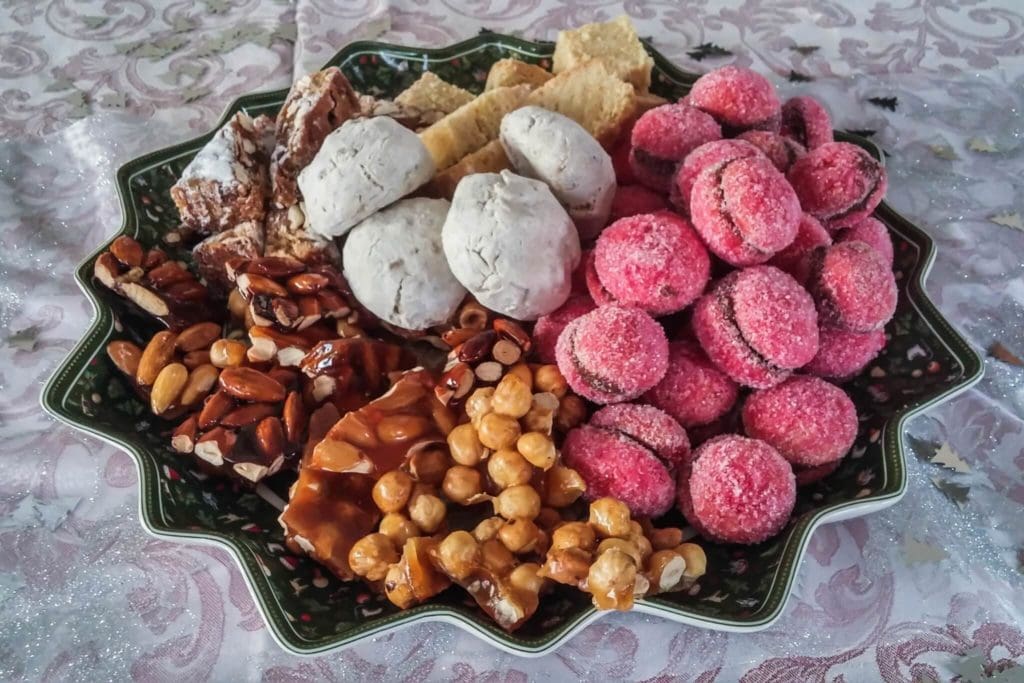
Montignoso, the Village of Befana
Montignoso is a small municipality in the province of Massa-Carrara, in northern Tuscany. Here the tradition of Befana is still very much alive, and both adults and children celebrate her with fun and joy. On the night of Epiphany´s Eve, small groups of people, dressing like the Befana, visit every family in town.
Without saying a word, they knocked on their doors, offering candies to the children, and receiving glasses of warm beverages and other candies in return. This was the way of celebrating Befana in the eighties. Nowadays the ritual has changed becoming a more contemporary event with music and entertainment along the streets of the village.
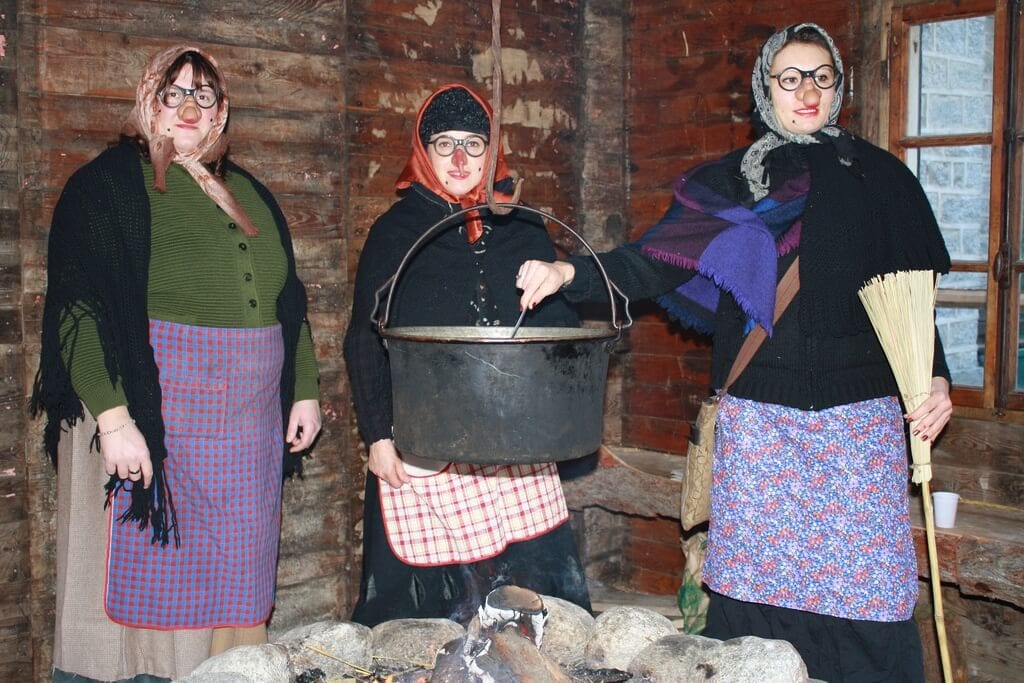
The Flight of the Befana in Equi Terme
On January 6, in the village of Equi Terme in northern Tuscany, La Befana flies for real. Through a zipline, an acrobatic Befana on her broomstick flies high into the sky crossing a canyon to reach the nativity cave.
In addition, every year, this small hamlet located in Lunigiana hosts a wonderful living nativity scene that attracts visitors from all over the region. Here we give all information you need if you want to attend the event.
THE LIVING NATIVITY SCENE OF EQUI TERME
On the day of Epiphany, three real wise Kings walk along the narrow alleys to reach the grotto where baby Jesus lies quietly surrounded by the Virgin Mary, Joseph, the ox, and the donkey. Looking up instead, the Befana will be flying over your heads taking all the holidays with her!
Pin It for Later!
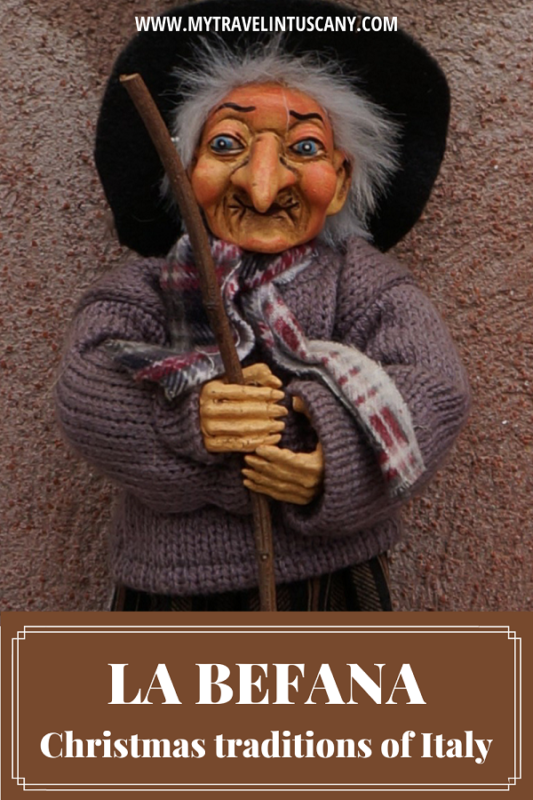

That is definitely an interesting tradition. The food looks amazing, but I don’t know about that lady and her nose haha.
Yeah is an old tradition, and despite the aspect of the witch, she is a good one.
I love learning about holiday traditions around the world. It definitely adds variety!
You are right, it is always productive learn new things about different cultures
Nice post, Edoardo! I’ve learned a lot about the tradition of La Befana that I didn’t know before. What a fun tradition to share with children! If you have a recipe for the ricotta crepes, I’d love to try them! Sharing with Facebook Stella Lucente Italian page and on twitter @travelitalian1. Thanks for posting in the Conversational Italian! Facebook group!
Hello Kathryn, we published two days ago the recipe of the traditional Befana cookies called “Befanini”. Ricotta crepe recipe is on the way! 🙂 stay tuned.
What a great tradtion, love learning about different country cultures. Thank you for the insight
It is alway helpful and productive to learn about different traditions. 🙂 Thank you for reading. 🙂
Its wonderful to see traditions kept alive like this. My boys and I really enjoy learning about different cultures around the world.
🙂 Especially for children these stories about witches and legendary person should be very exciting. 🙂
I never heard of Befana. This is a truly different and interesting tradition.
Yes, it is. You find Befana in the Italian and other European countries tradition.
Dear Nicola, I am a second Italian /American,my Mom was born in Naples,when we five children were old enough to understand,Mom taught us about La Befana , I’m am 80years old and now teaching my 9 grandchildren I am so happy that I can leave a wonderful Italian Christmas story behind for them to share.
What a fascinating read! I haven’t ever heard of this tradition. I am intrigued by all the stories about who she was and why she was who she was.
Happy you enjoyed reading. We tried to put together the most interesting and funny things about this character.
This is so interesting and totally new to me! And I would love to try necci, it looks absolutely delicious.
Stay tuned because today or tomorrow we will publish the recipe. thanks for reading.
This is so interesting. I would love to see this kind of event.
So, you have to come to Italy and Tuscany during winter time, which is good also because it is less crowded than the rest of the year.